Vienna Design Week 2025 is a pit stop for the future
Vienna Design Week (until 5 October 2025) continues its nomadic journey – revisiting forgotten spaces, rethinking ageing and tradition, and exploring what design means in a world defined by movement and change
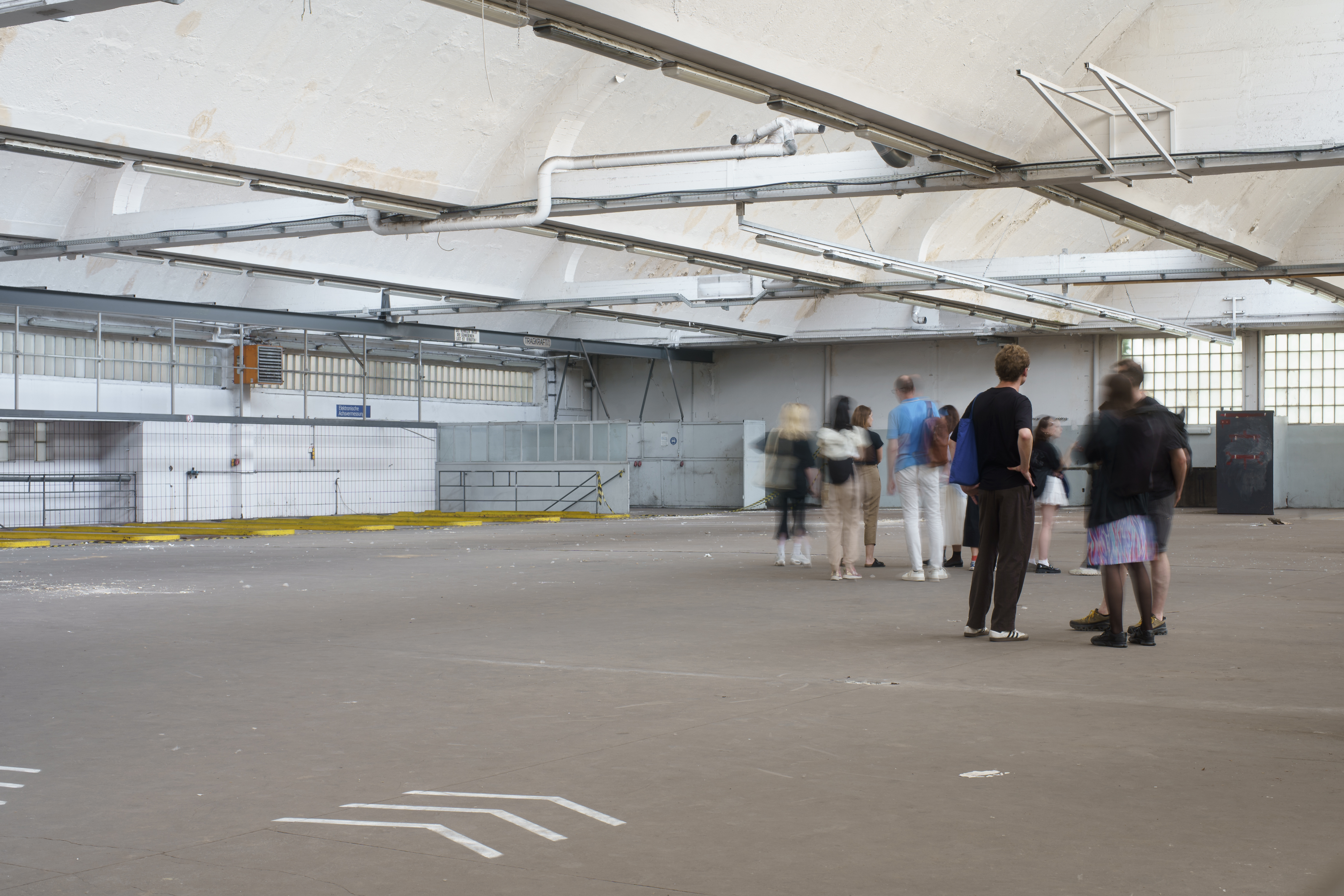
'Pit stop at Wiedner Hauptstraße 52!' Vienna Design Week proudly proclaims, announcing that its 2025 headquarters will occupy a former Mercedes-Benz showroom in the Austrian capital’s fourth district. The building’s past life as the home of a German automotive giant feels particularly fitting this year, not least because Germany’s financial powerhouse, Frankfurt, is Vienna Design Week’s 2025 ‘exchange city’ ahead of its tenure as World Design Capital in 2026. The car dealership-turned-design-hub becomes more than just a venue: it’s a metaphor for motion, momentum, and a festival constantly on the move.
Vienna Design Week’s ever-mobile headquarters have always acted as a vehicle for driving the festival forward. This year’s location feels particularly apt, and as its thoughtfully curated programme demonstrates, Vienna Design Week remains one of Europe’s most exhilarating design events as it enters its nineteenth edition.
The festival has long had a talent for re-inhabiting forgotten gems and ghosts of Vienna’s architectural past. Previous editions have unfolded within spaces such as the former Sophienspital, a decommissioned hospital in the seventh district. Last year, in a significant departure, it took over a new – and as yet incomplete – building for the first time in its history.
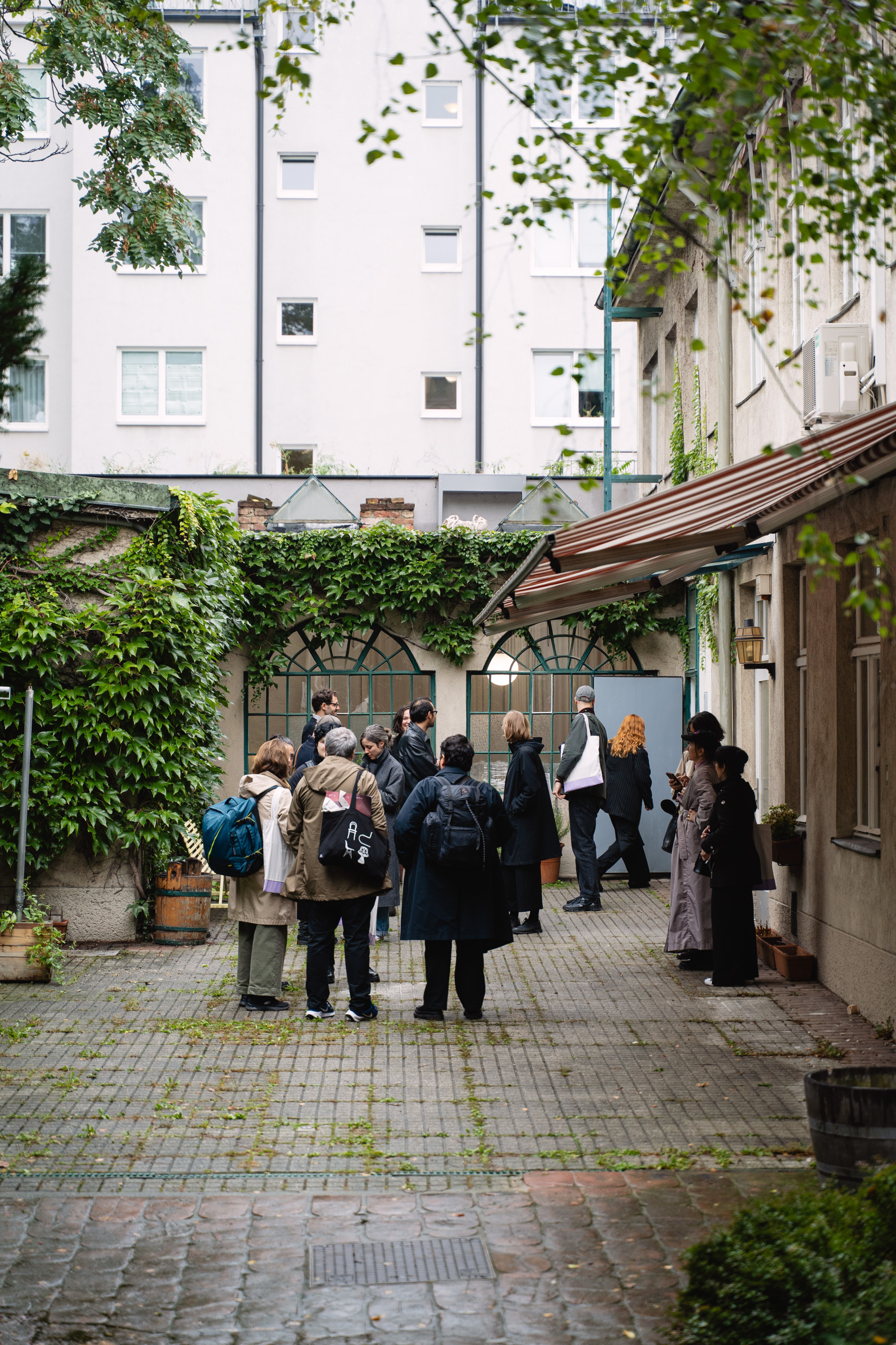
Rooted in the past yet reaching towards the future, Vienna Design Week remains in constant, deliberate motion. Its itinerant nature – shifting locations, reoccupying forgotten spaces, reinventing its identity with each edition – is perhaps the most honest expression of what design means in the twenty-first century.
Asked how this sense of movement resonates in a world where many feel displaced or unsettled, Roland adds: “The responsibility to make these transient fragments of home accessible and beneficial to people in equally transient situations is something for the design weeks of the future to realise.”
In an age defined by flux, perhaps a design festival should never stand still. Vienna Design Week’s restlessness is not simply logistical; it is philosophical. The target is always moving, and so, perhaps, that’s exactly what Vienna Design Week is: a pit stop. A place to pause, reflect, and reimagine – before continuing the journey.
This delicate balance between past and future is woven into the festival’s DNA and beautifully accentuated in its programming. Designers and design institutions alike are once again invited to explore Austria’s cultural legacy while simultaneously speculating on its future – a future that feels increasingly uncertain in the face of social, environmental and economic shifts.
Receive our daily digest of inspiration, escapism and design stories from around the world direct to your inbox.
'Each festival format tackles its own aspect of urbanity,' explains Vienna Design Week Director Gabriel Roland. 'Within Urban Food & Design, the Biofabrique Vienna utilises unused material streams to generate new resources. Stadtarbeit employs the tools of design to shape the way people live together in the city. Re:Form brings local manufacturers and studios together, aiming for sustainable products.'
HIGHLIGHTS FROM VIENNA DESIGN WEEK 2025
Ikea x Laura Karasinski
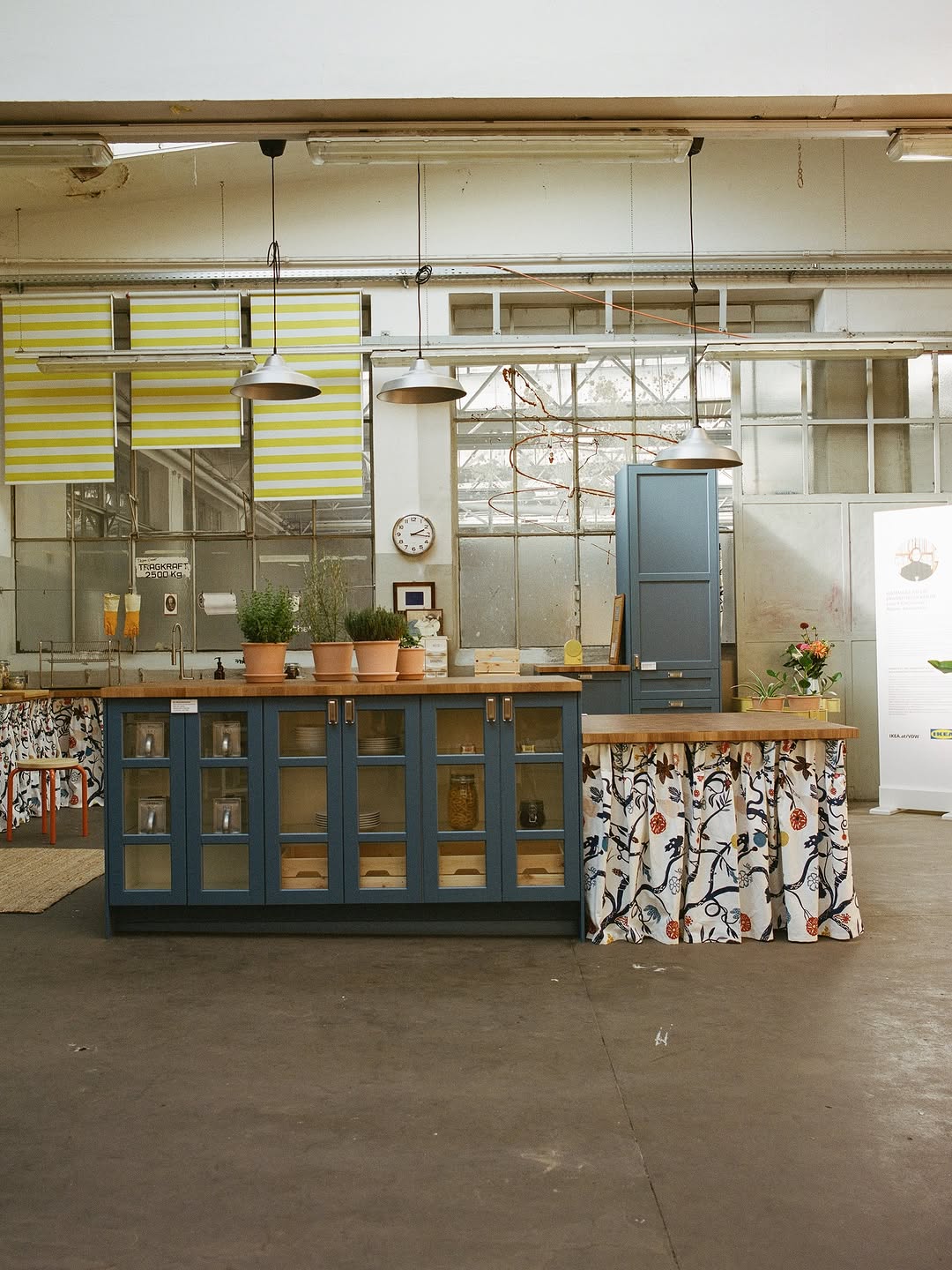
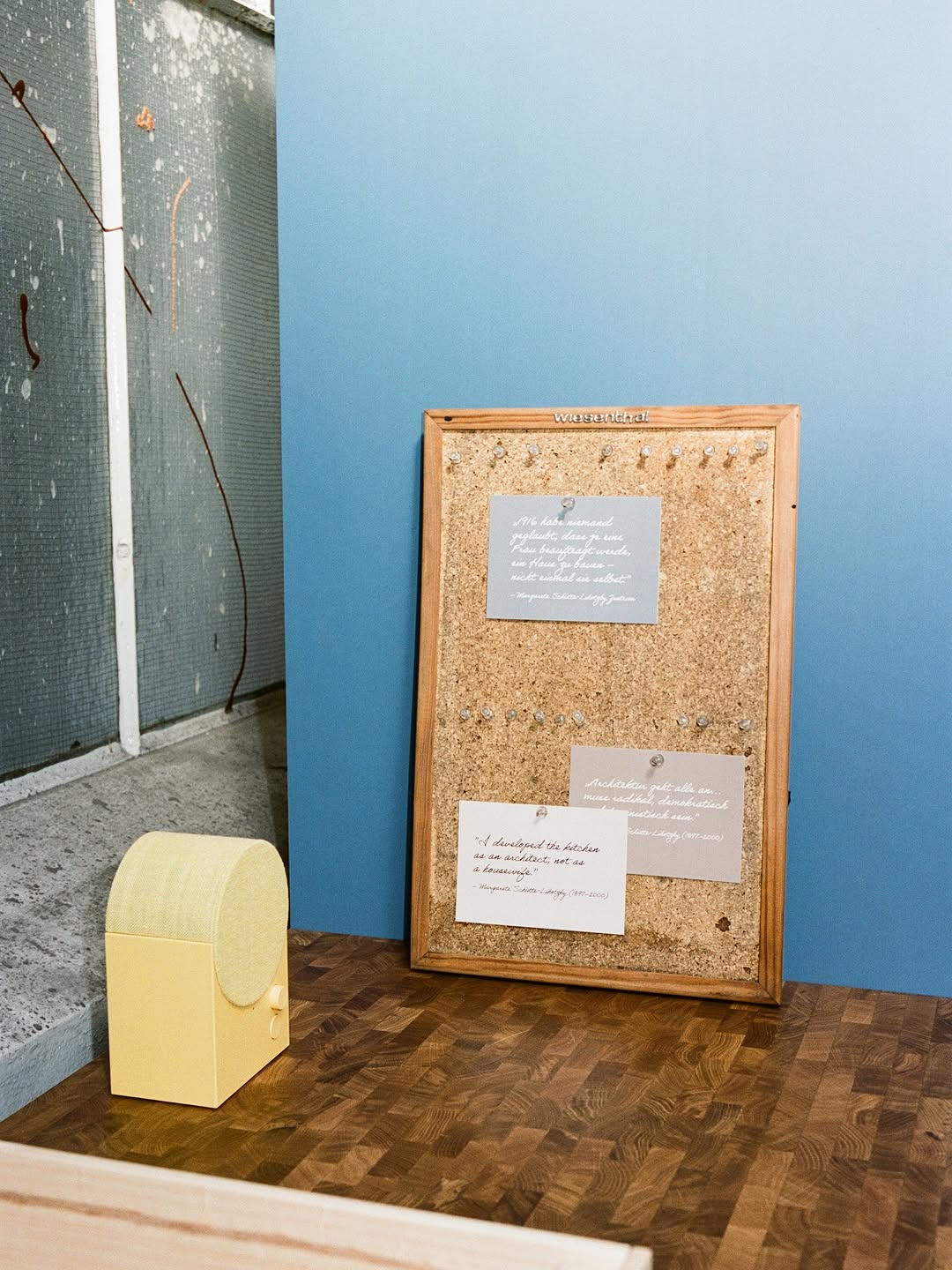
A standout project this year pairs Viennese interior designer Laura Karasinski and her studio, Atelier Karasinski, with Swedish home-furnishing powerhouse Ikea to curate an installation exploring the versatility – and democratic potential – of domestic design.
As part of the project, Karasinski pays tribute to legendary Viennese architect Margarete Schütte-Lihotzky, one of the first women to study architecture in Vienna and a pioneer of functional, inclusive design. 'I developed the kitchen as an architect, not as a housewife,' Schütte-Lihotzky once declared. Her words echo across decades into the present, where Karasinski’s installation becomes a shrine to inclusivity, showing how adaptability and accessibility remain at the heart of Ikea’s collections.
'Ageing in Design' by Sandra Nuut
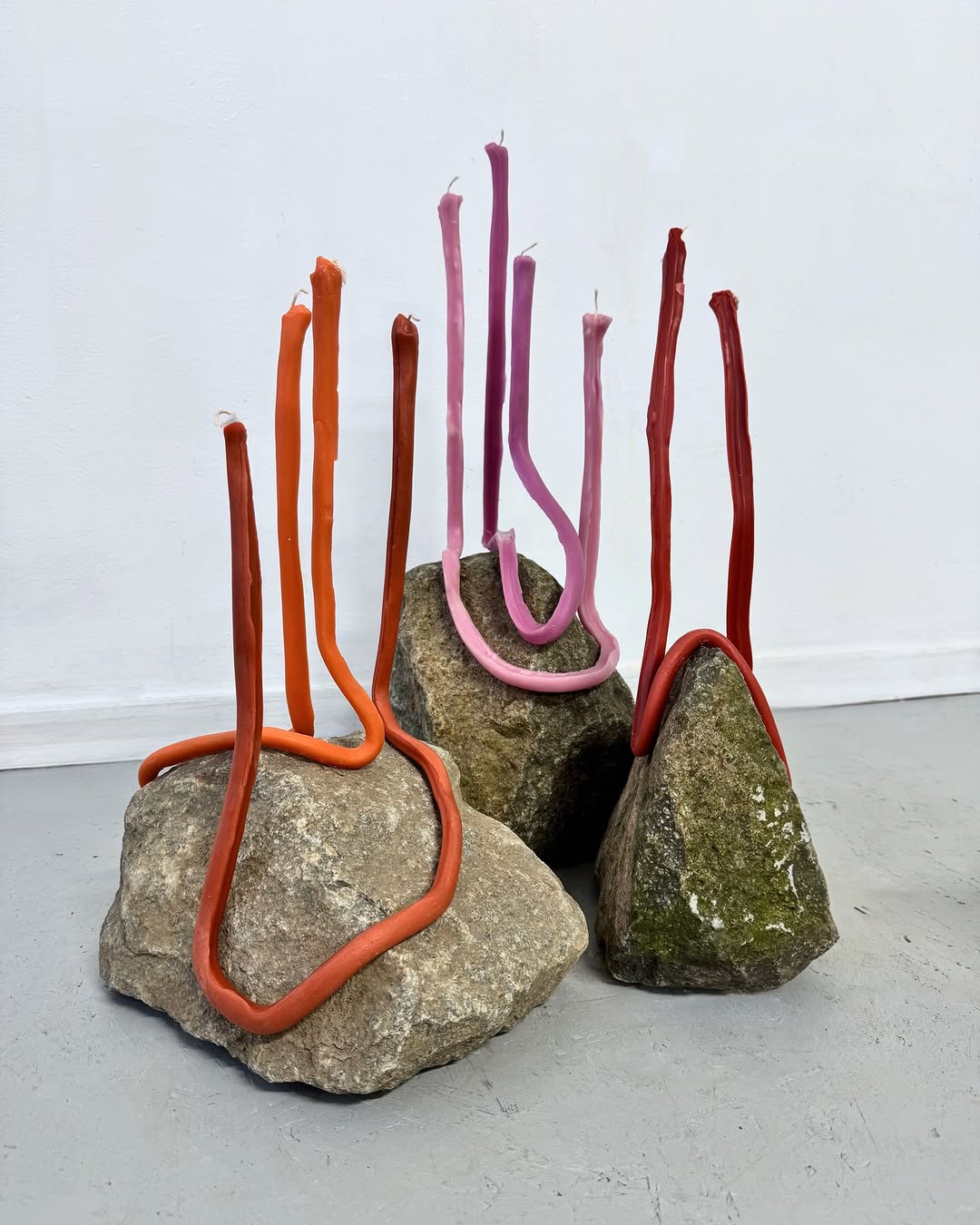
Nature Series by Sada Space
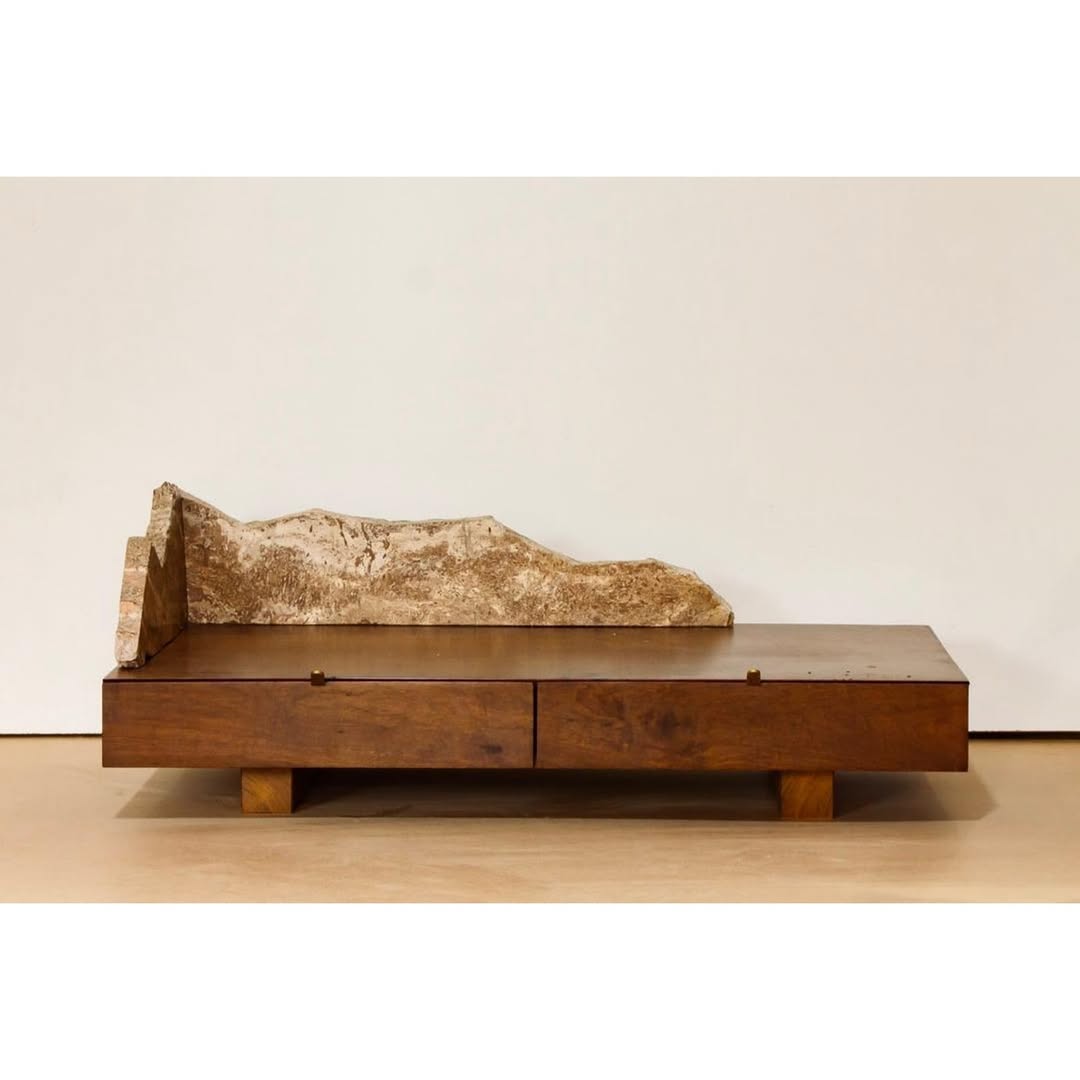
Bench by Danilo Reis
Elsewhere, the festival’s fourth edition of its ongoing group exhibition format, Fokus, sees esteemed Estonian guest curator Sandra Nuut assemble an ensemble of objects responding to the theme of 'Ageing in Design'. The results are diverse yet united by a shared ethos: to view ageing not as a constraint, but as a creative force.
Passionwege
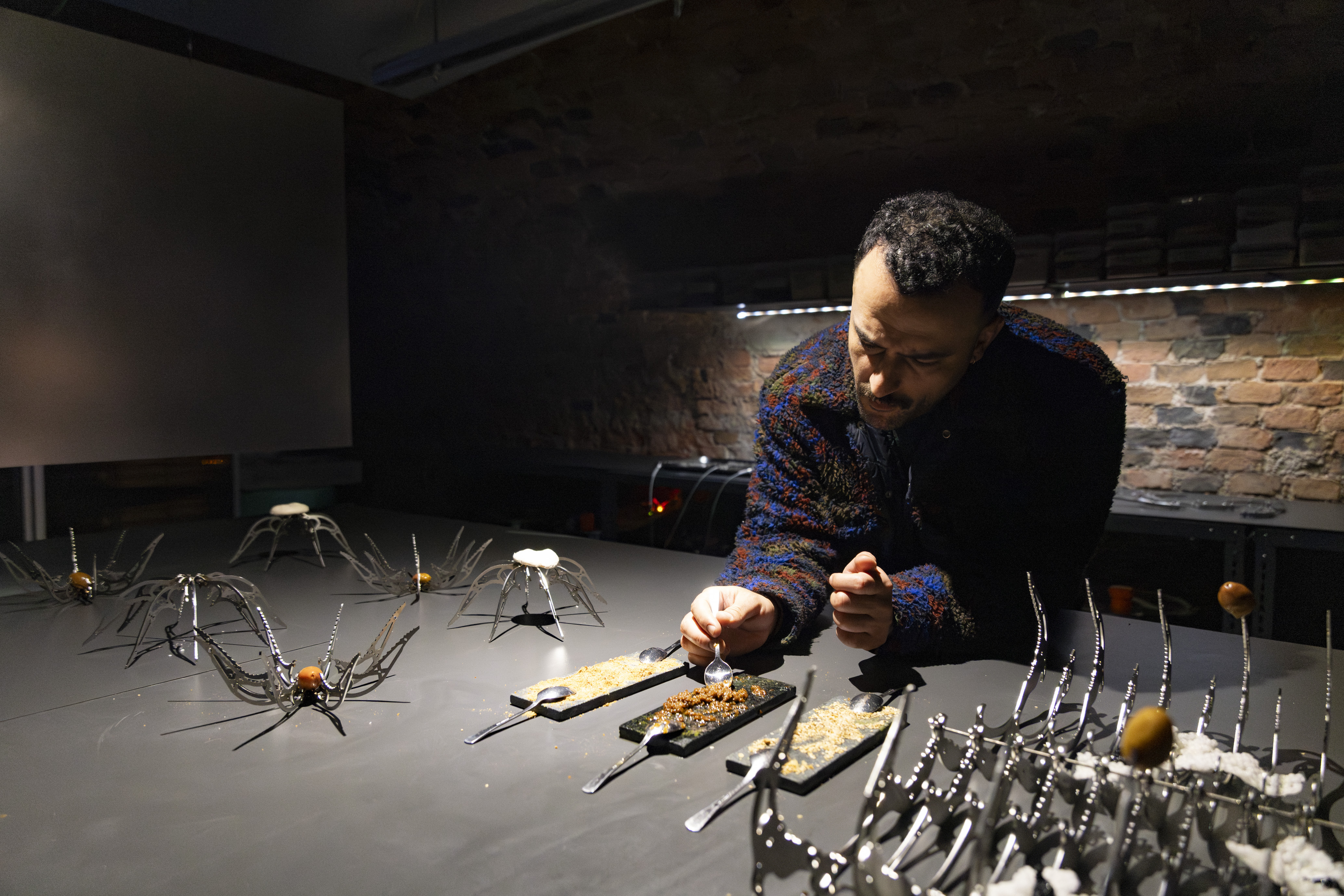
Swedish Girls and Cucina Alchimia at Passionswege
Few aspects of Vienna Design Week embody this idea of ageing-as-potential better than Passionwege, the festival’s oldest ongoing format and perennial highlight. Passionwege brings together international designers and Viennese craftspeople in collaborative experiments that bridge tradition and innovation.
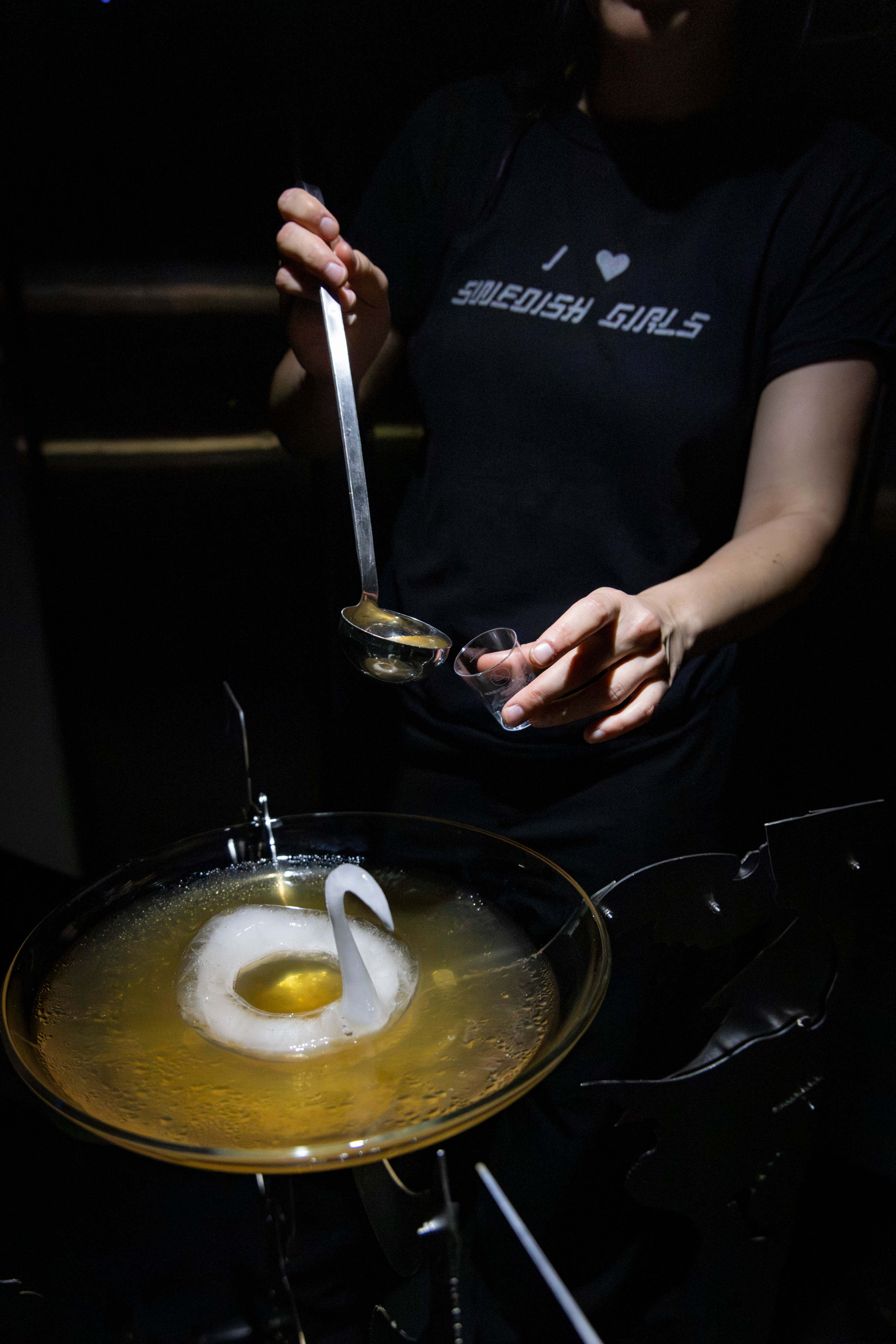
This year, Swedish design duo Swedish Girls — Mira Bergh and Josefin Zachrisson — team up with Cucina Alchimia, a self-described 'restaurant, lab and playground' run by Sendi Gbinia, Jakob Bretterbauer and Michael Moser, to concoct gastronomic grandeur that blurs the line between design and dining.
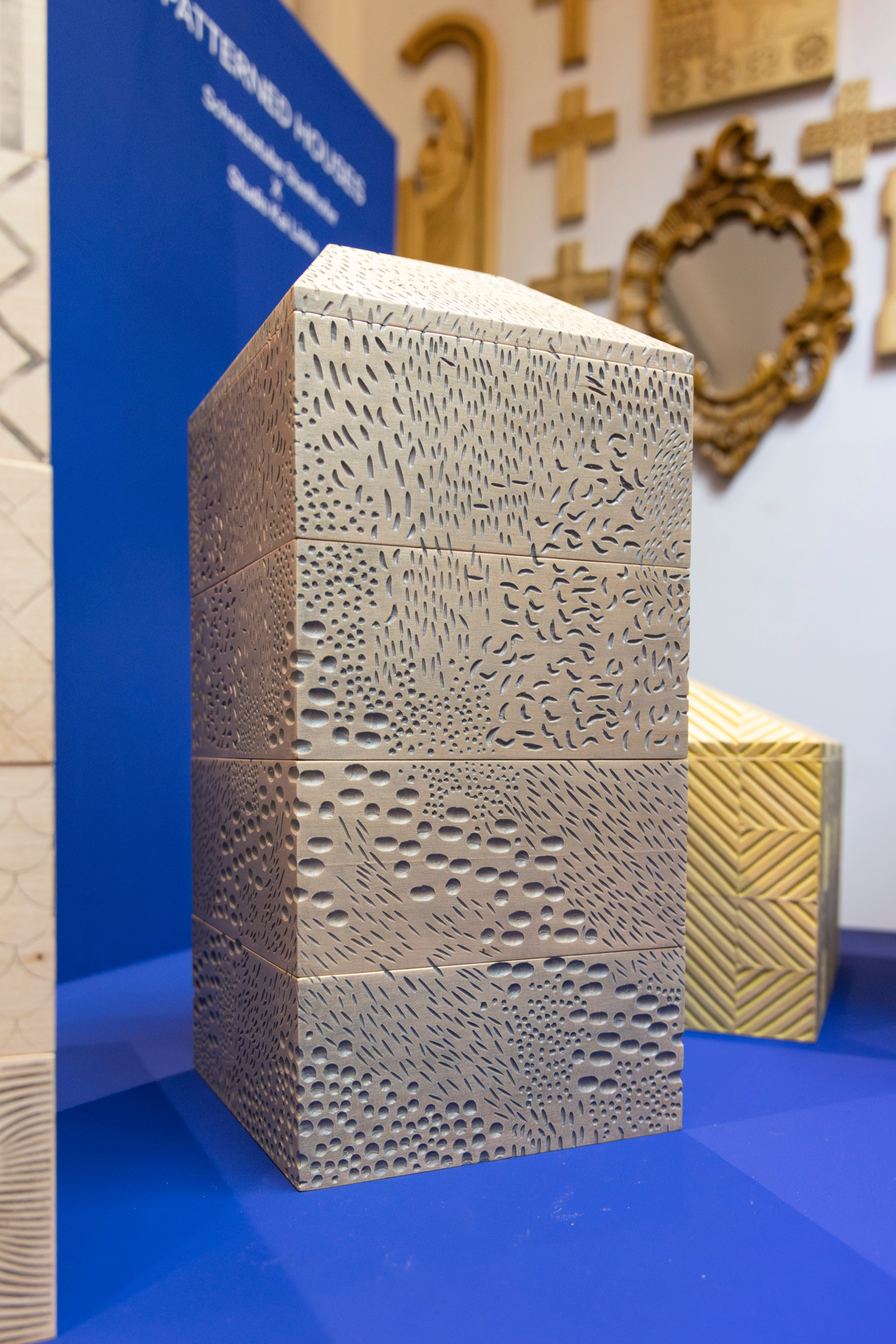
Kai Linke with Stadlhofer
Meanwhile, the other half of this year’s Passionwege sees Dutch-German designer Kai Linke collaborate with the Viennese woodcarving workshop Stadlhofer, renowned for preserving and passing on historic Alpine craft techniques. Their dialogue results in a series of humble wooden houses – part sculpture, part storage box – each one adorned with hand-carved façades. Every floor of each house is intricately decorated with a distinct pattern, showcasing the meticulous artistry embedded in Stadlhofer’s craft.
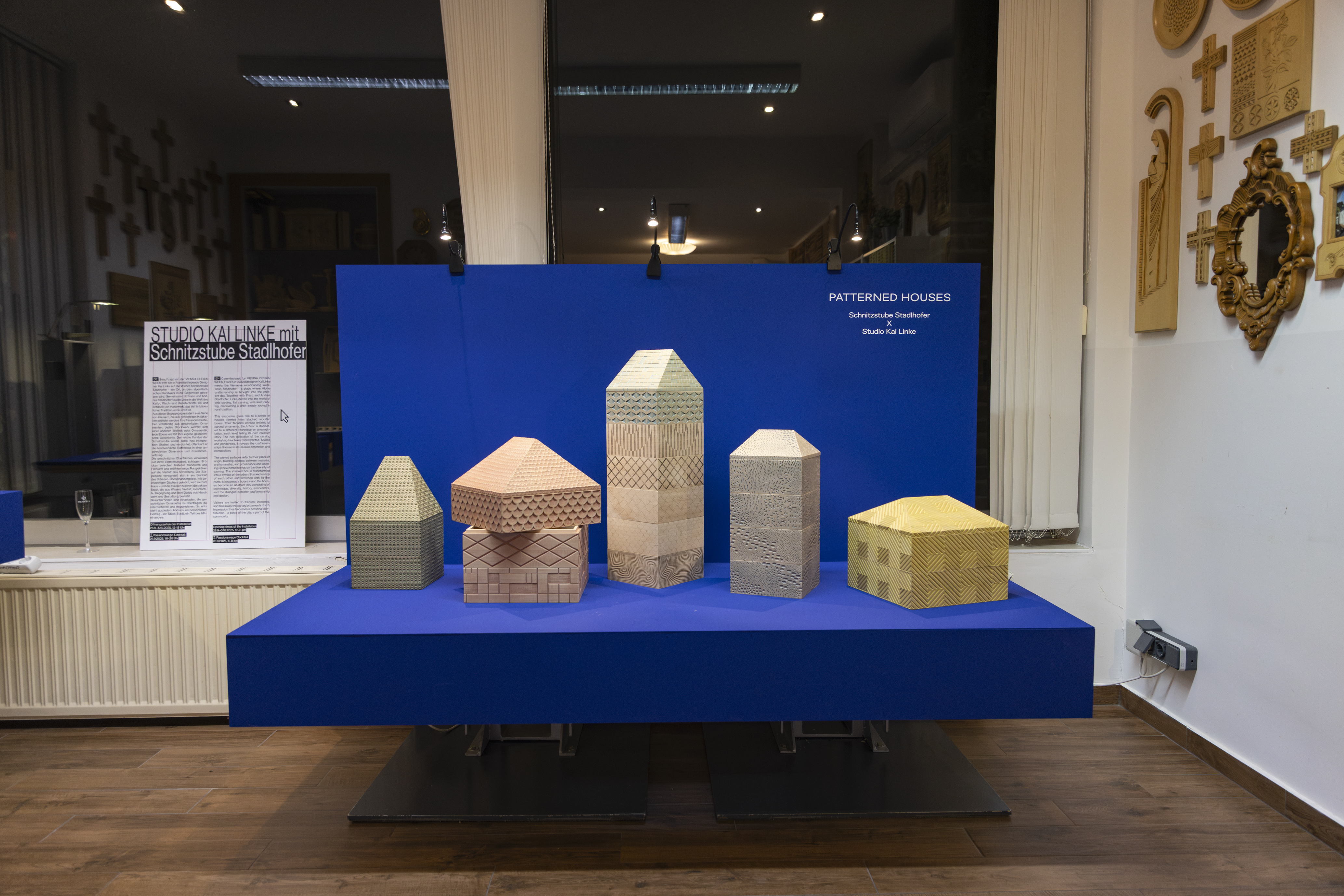
Here again, the past becomes fertile ground for future innovation. Frankfurt-based Linke ventures beyond his usual creative territory, adopting – and adapting – centuries-old techniques to imagine new design possibilities.
Gast - World Design Capital Frankfurt
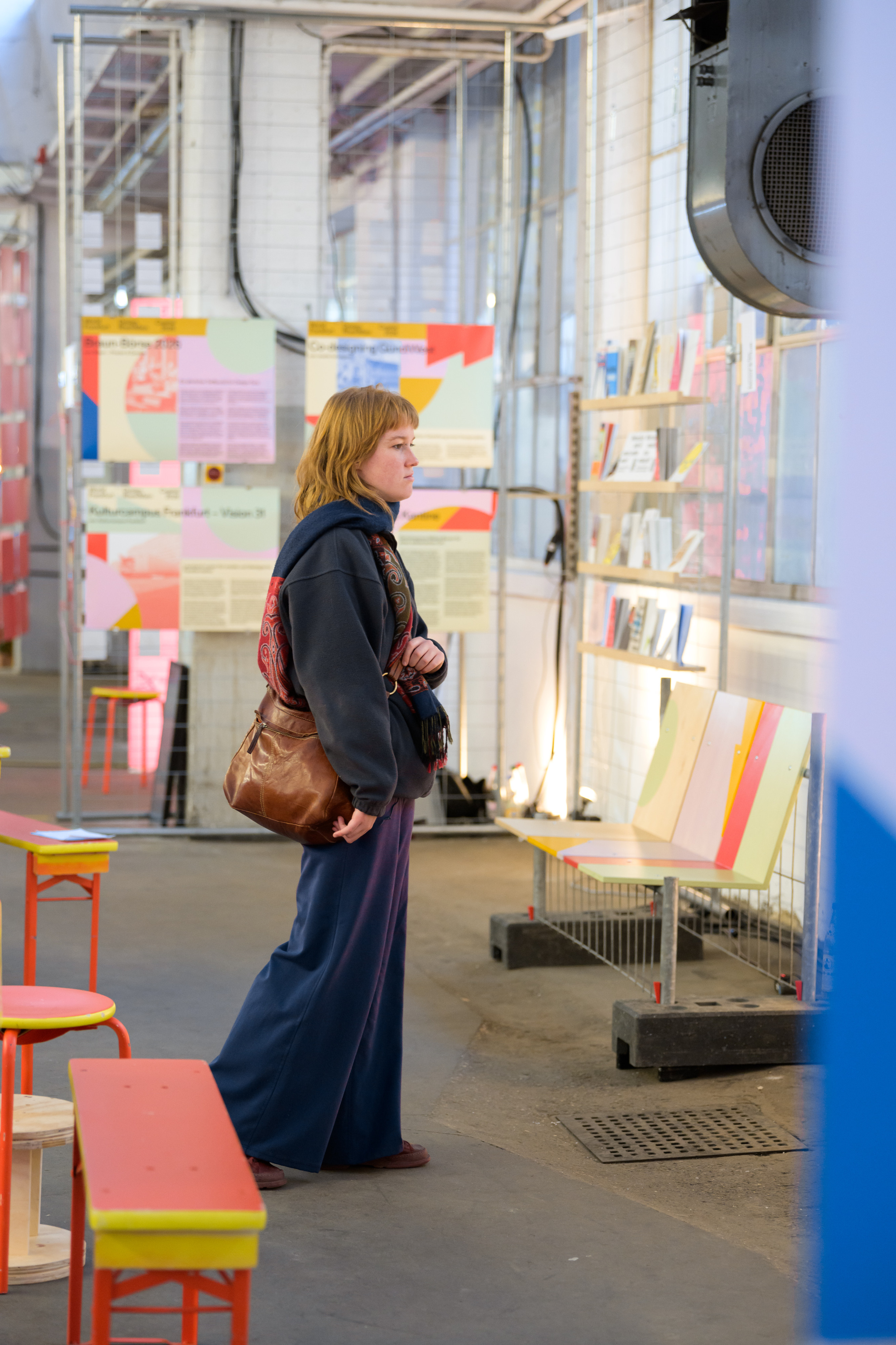
'Vienna Design Week has always been an international platform – locally grounded and site-specific, but decidedly global in outlook,' Roland reflects. 'Exchanges like the one with our GAST (German for ‘guest’) programme – which this year welcomes Frankfurt ahead of its tenure as World Design Capital 2026 – are testament to a network of likeminded organisers, practitioners, thinkers and creators all over Europe and the world.'
Germany’s second-largest metropolitan centre, Frankfurt, plays a starring role in this year’s Viennese design spectacle. Its presence as exchange city feels particularly poignant against today’s volatile and increasingly polarised socio-political backdrop. This collaboration signals more than just a cultural partnership: it reflects a shared European design conversation about heritage, innovation, and resilience in uncertain times. Looking ahead, the festival’s twentieth edition promises to be especially exciting, building on its rich history while continuing to explore new territories, ideas, and collaborations that define Vienna Design Week’s ever-evolving identity.
Vienna Design Week runs until 5 October 2025
-
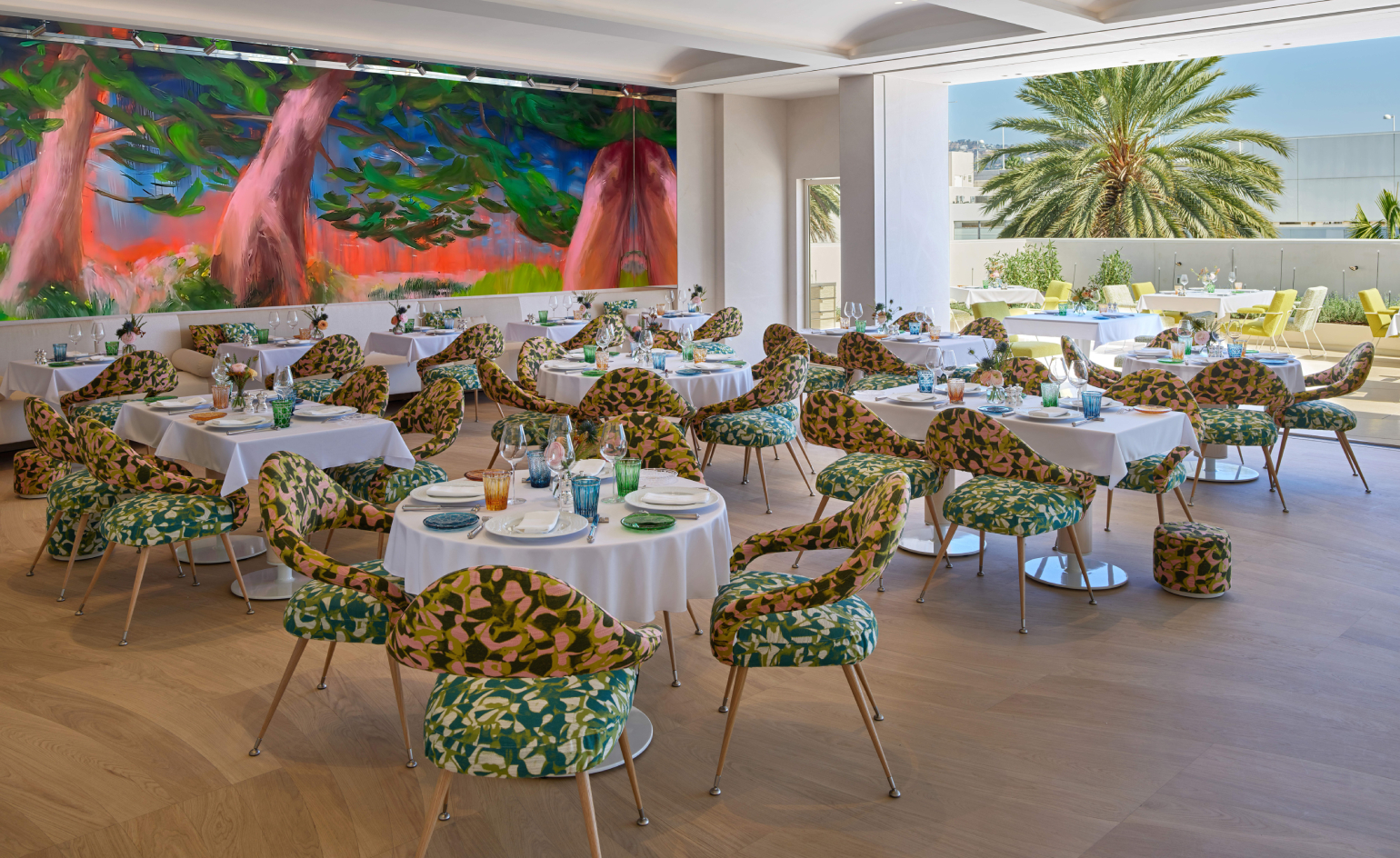 Dior’s new Beverly Hills dining salon raises the bar for couture cuisine
Dior’s new Beverly Hills dining salon raises the bar for couture cuisineFrom Peter Marino’s onyx bar and faceted mirrored walls to Nicole Wittenberg’s vast, immersive botanical canvas, Dior’s first restaurant outside Paris is here
-
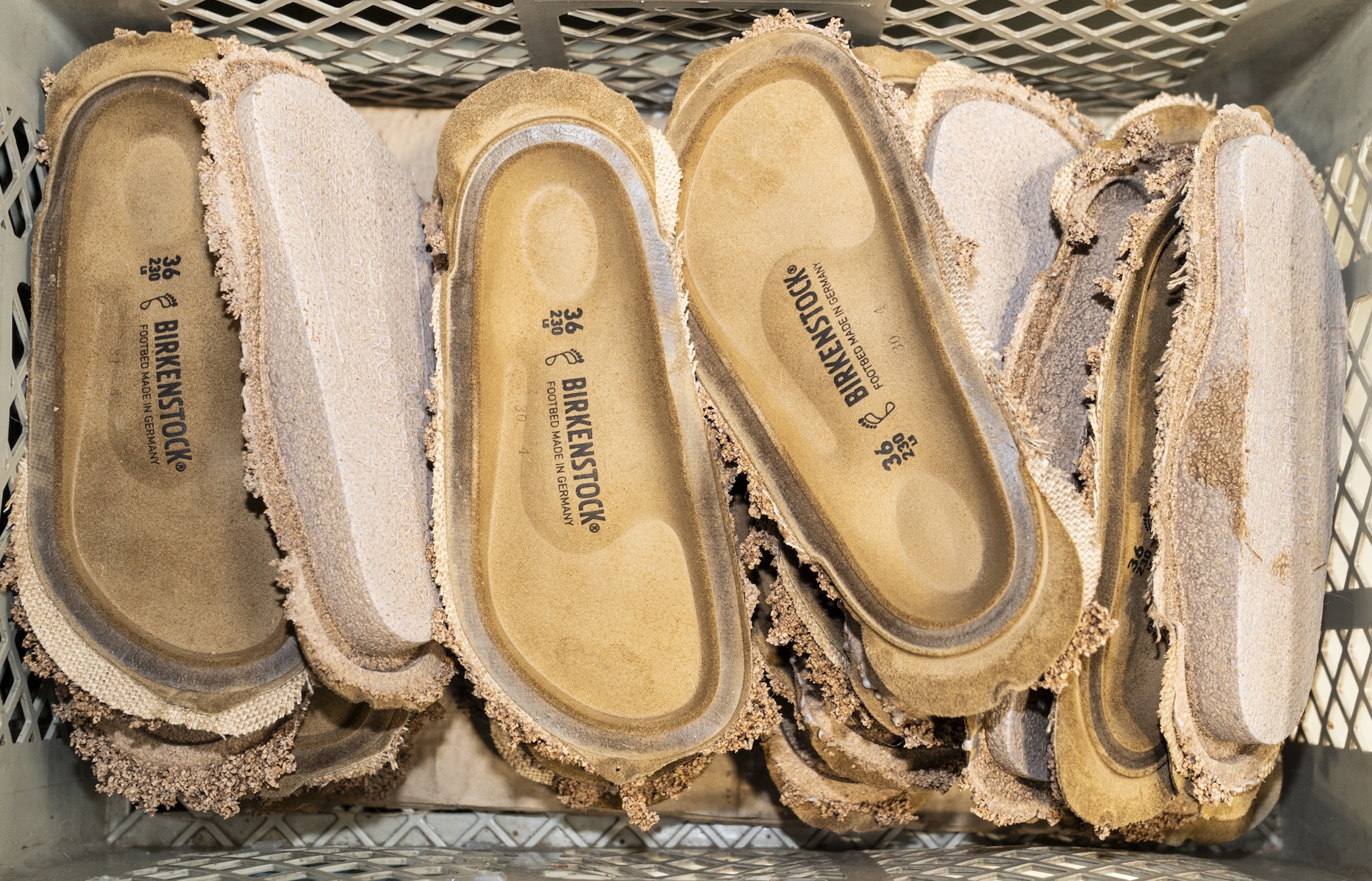 Inside the factory where your Birkenstocks are made
Inside the factory where your Birkenstocks are madePart high-tech laboratory, part artisanal workshop, the German factory straddles past and future. For Wallpaper*, Stuart Brumfitt takes a rare tour
-
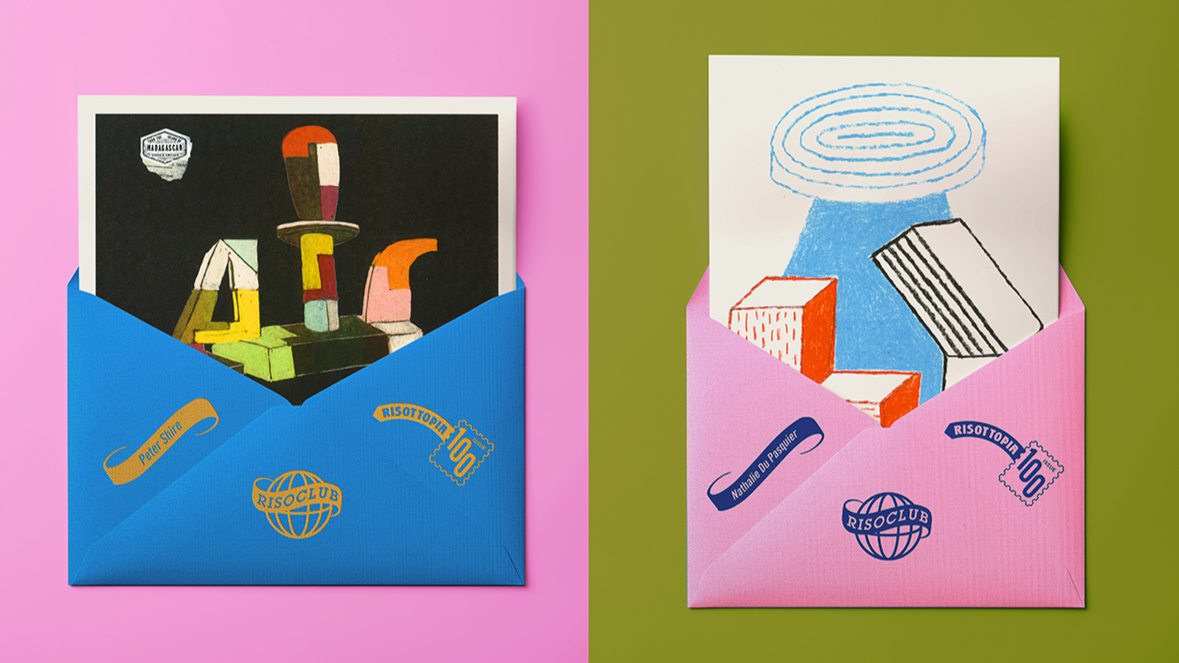 Nathalie Du Pasquier, Peter Shire and Barbara Stauffacher Solomon create exclusive artworks for Riso Club
Nathalie Du Pasquier, Peter Shire and Barbara Stauffacher Solomon create exclusive artworks for Riso ClubGlasgow print studio Risotto celebrates the 100th issue of its monthly Riso Club – a hand-printed, hand-posted subscription that has grown from a small artist exchange into a global community
-
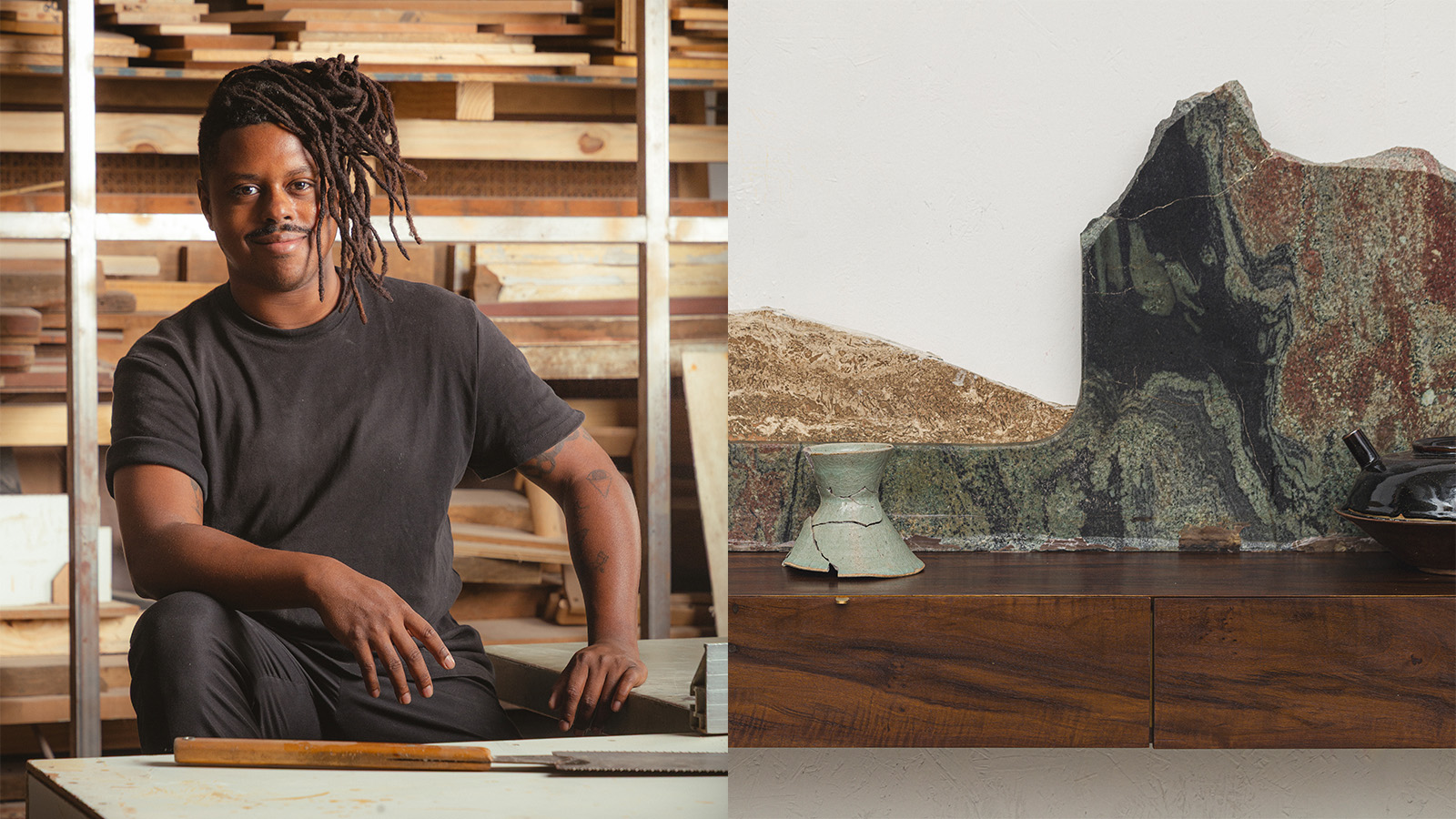 One to watch: Brazilian designer Danilo Reis’ altars are spiritually charged
One to watch: Brazilian designer Danilo Reis’ altars are spiritually chargedThe first Black Brazilian designer at Vienna Design Week presents ‘Ascensão’, a series of altars and objects exploring salvaged materialities and diasporic identities
-
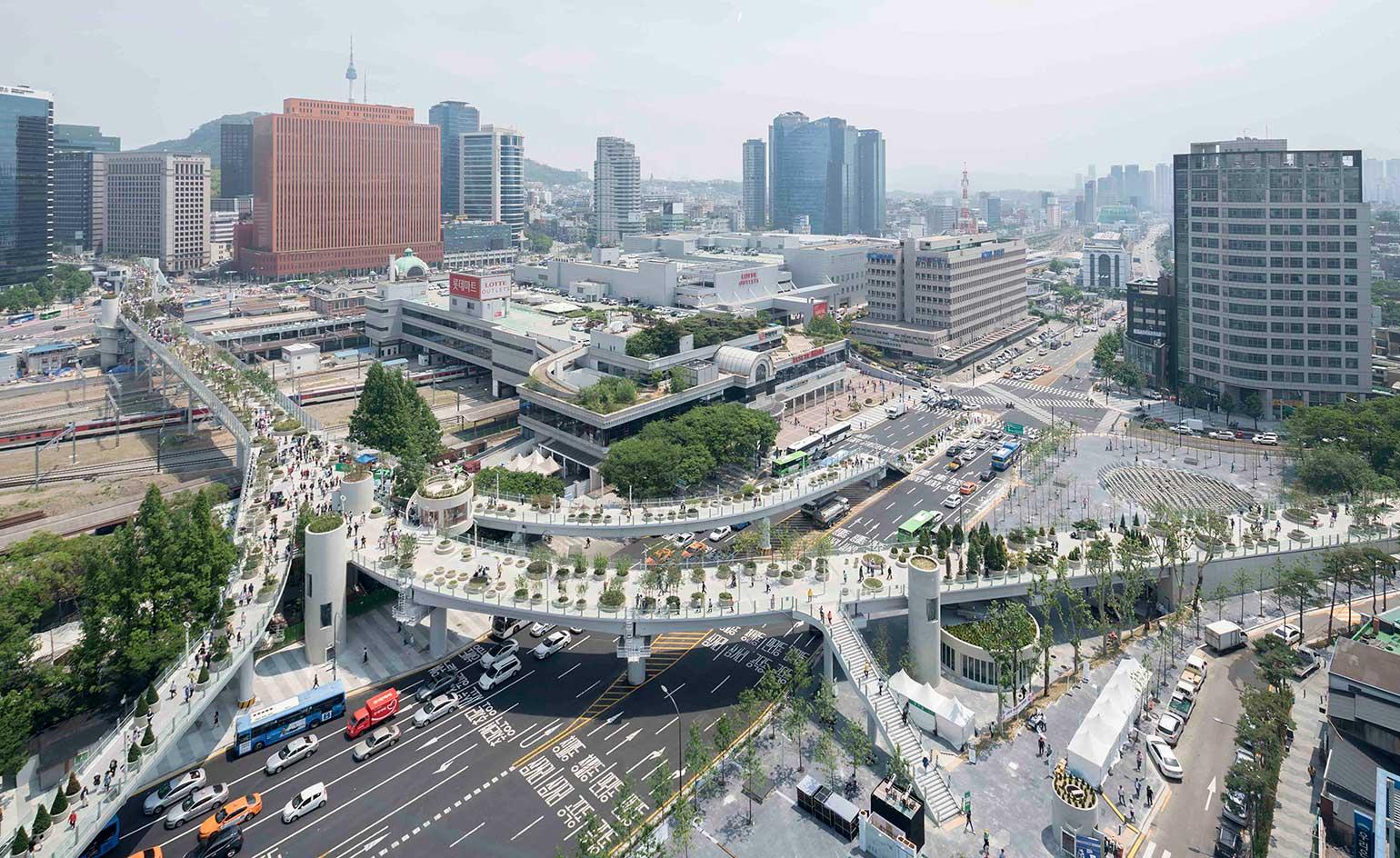 Vienna Biennale for Change dissects our digital future
Vienna Biennale for Change dissects our digital future -
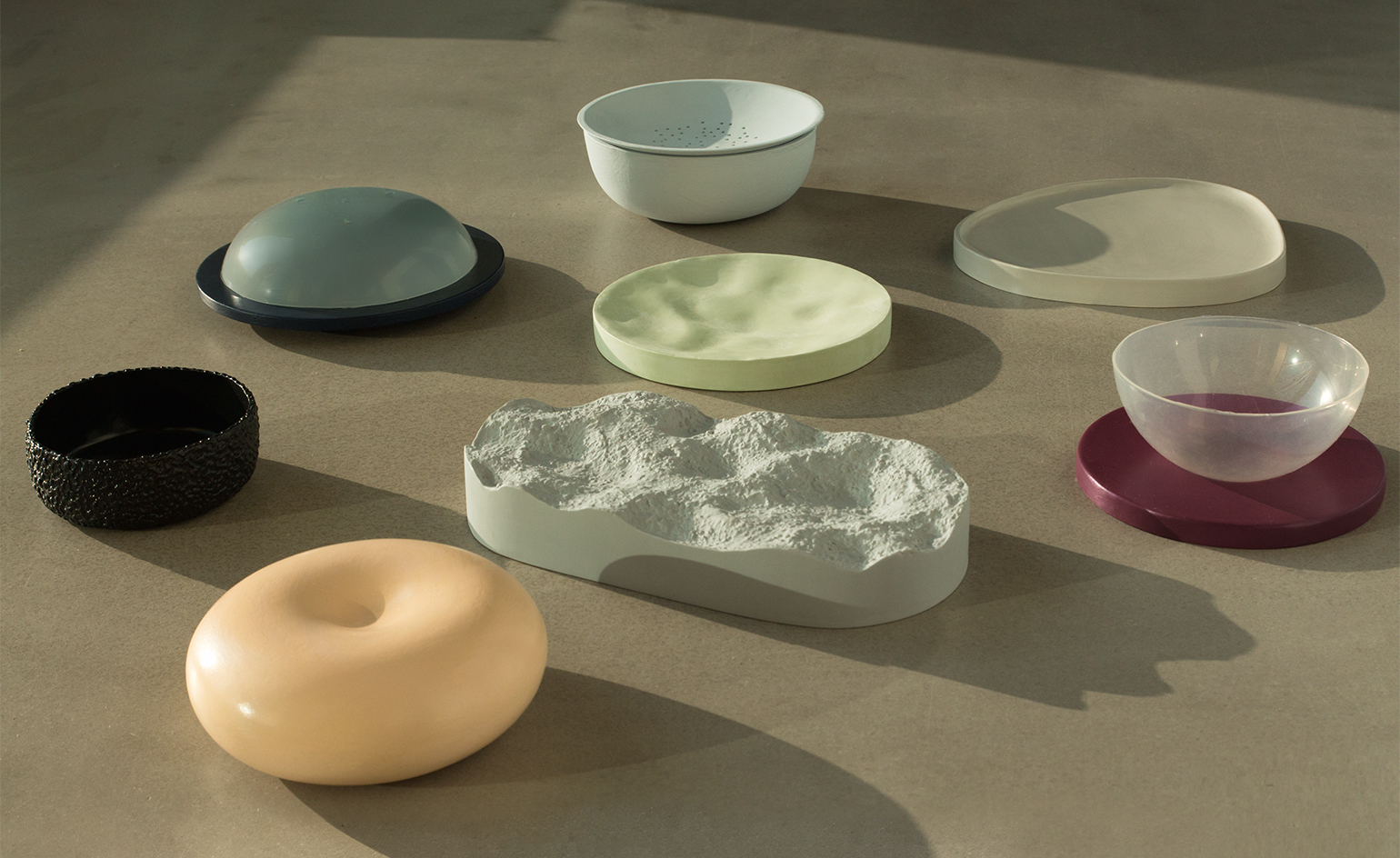 Vienna Design Week features protest graphics, AI and Polish creativity
Vienna Design Week features protest graphics, AI and Polish creativity -
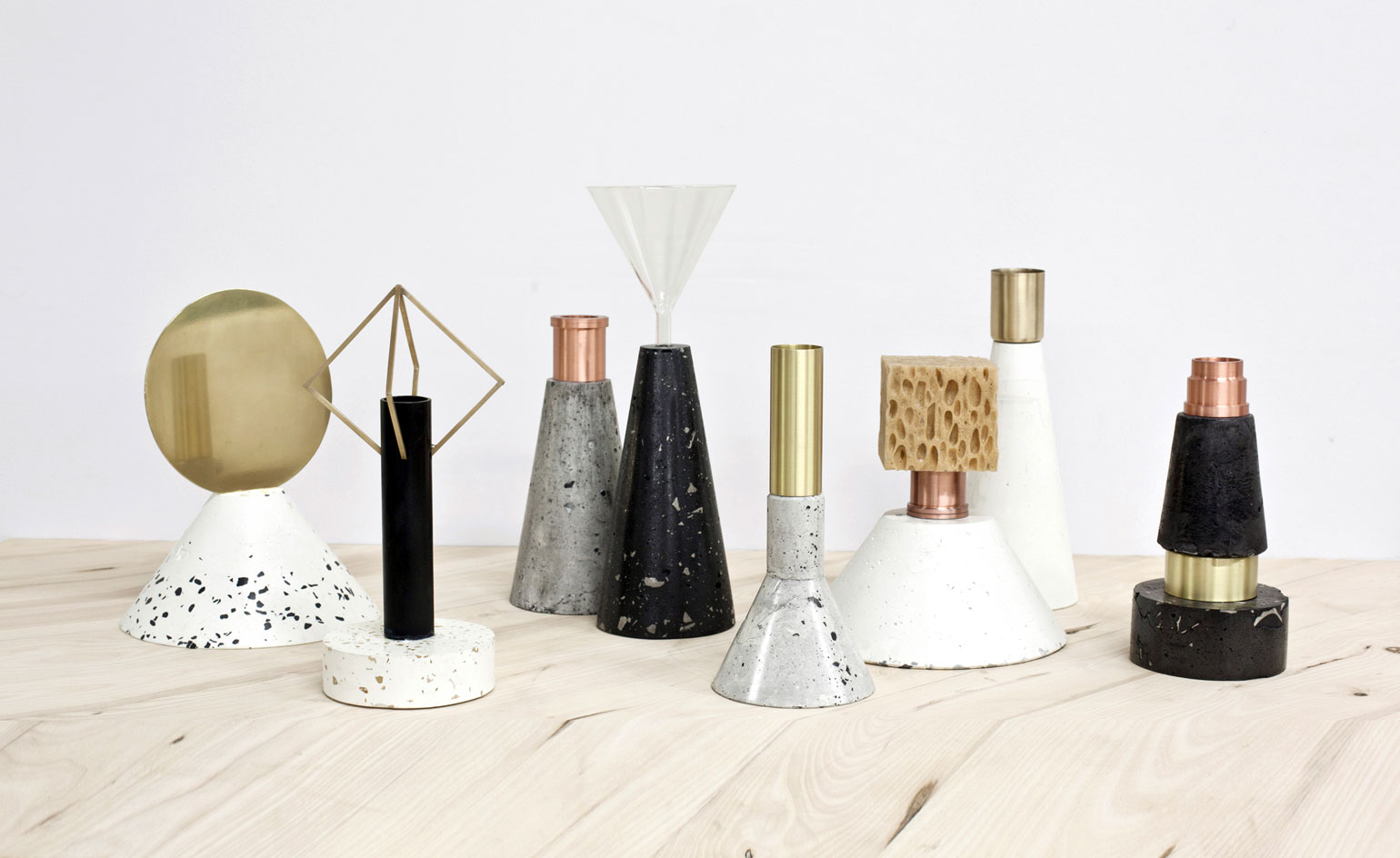 The highlights and hidden gems from Vienna Design Week 2014
The highlights and hidden gems from Vienna Design Week 2014